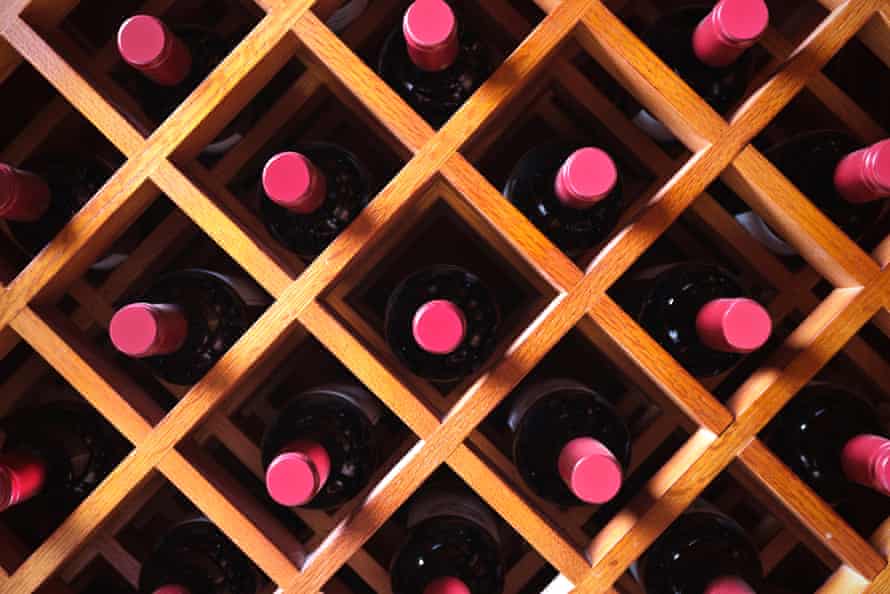‘Near-perfect’: how to make the most of Australia’s bumper wine vintage | Australian food and drink
Australia’s 2021 vintage is the largest in the nation’s history of winemaking.
About two million tonnes of grapes were crushed throughout Australia’s wineries, according to recently released data gathered by Wine Australia.
Of all the states, South Australia led the way, producing 52% of the total harvest, with a 44% increase in the volume of grapes crushed compared with the fire- and drought-besieged 2020 vintage. Queensland’s winegrowers also turned out a whopping 112% increase year over year – though the nascent industry only accounts for 0.2% of the country’s total.
Not only was it a fruitful vintage in terms of volume; the growing season over the course of 2020-2021 was characterised by “near-perfect growing conditions across most states and regions”, the Wine Australia report said.
This is all welcome news for wine drinkers for several reasons: most obviously, there will be a lot of great wine coming out of this year’s vintage. This also means that it’s an excellent time to keep your eye out for new producers popping up with their first or second vintages. With more than enough to go around, these smaller wineries can finally increase their productions for the first time in years.
An ample vintage with such perfect growing conditions also indicates that the 2021 wines will be worth ageing for at least a year, or up to five years. A well-stocked wine cellar – and the patience to tuck away some of your wine purchases – delivers immense future satisfaction.
A good wine, after some ageing, becomes an entirely different and more profoundly delicious wine. Aged wine can have more elegant structure, softer and finer tannins, and flavours that have integrated and blossomed in surprising ways.
The 2021 vintage will start appearing on shelves as early as November. To prepare, get in the know about Australian wine releases by signing up for email newsletters from your favourite wine shops and producers – these can generally be found on their websites or social media links.
When the chance arises this spring, invest in a few mixed cases of 2021 wine from your favourite Australian producers. You might also take a gamble on some bottles from new producers too. Open one or two bottles now and, if you like them, set aside a few to age.
How to store wine

Obviously, most of us do not have actual wine cellars dug out below our homes or encased in temperature-controlled glass walls. More likely, you might have a small wine fridge or simply a pantry, or even a relatively cool closet whose doors remain closed. Under the bed works too.
Any of these spaces can be used as a wine cellar, as long as they remain dry and cool and away from direct sunlight. Avoid cabinets up high where the wines might be exposed to hot, rising air. Your garage could work, assuming it does not get too hot in the summer months.
Wherever you choose to age your wines, make sure the bottles lie on their sides –this allows the wine to keep the cork moist so it does its job best. (Wines with screw caps or crown caps can also be aged, but maybe not for more than a year or two.) You may want to buy a metal or wooden wine rack, or at the very least a storage rack (there are plenty available for delivery online).
If your wines are delivered in cardboard boxes, it’s absolutely fine to keep them in there – you’ll just want to clearly label the box so you know what’s inside.
For people who are sensitive to or dislike sulphites (also known as sulphur dioxide, a common preservative added in various stages of the winemaking process), here’s some good news: wine made without any sulphites or only small amounts can definitely be aged.
You will need to make sure low-preservative wines are stored in ideal conditions – temperature no higher than 15C; away from sunlight or heat; preferably in a wine fridge – but the lack of preservatives doesn’t mean that a wine will spoil. On the contrary, I’ve tried 10-year-old wine made without any sulphites and it was wonderful.
There’s no across-the-board answer to how long the 2021 Australian vintage will age – that depends on the grape varieties and style of any given wine. Most well-crafted wines begin showing their best selves after about one year of ageing, and peak after three or four years.
Choose a producer’s “single vineyard” wine or anything that seems limited edition (for example, “300 bottles produced”) to ensure a more age-worthy selection. For tannic and structured reds such as shiraz, merlot, and grenache, you might be able to age them as long as seven years. The same goes for pinot noir, which is famed for its ageing potential.
Of the white grapes, chardonnay is notable for its capacity to transform beautifully with time. If you’re unsure, ask your retailer or send them an email, especially if you plan to buy directly from them. While you’re at it, ask for recommendations for new producers to try – by spending your dollars on someone’s first or second vintage, you are ensuring that our wine culture is developing new talent and greater diversity.
In the meantime, take time to enjoy the wines you currently have at home, and dust off those pantry shelves or clear out the closet and make room to store wine, so that you will be appreciating this abundant harvest as it develops with age for years to come.
Source: theguardian.com

